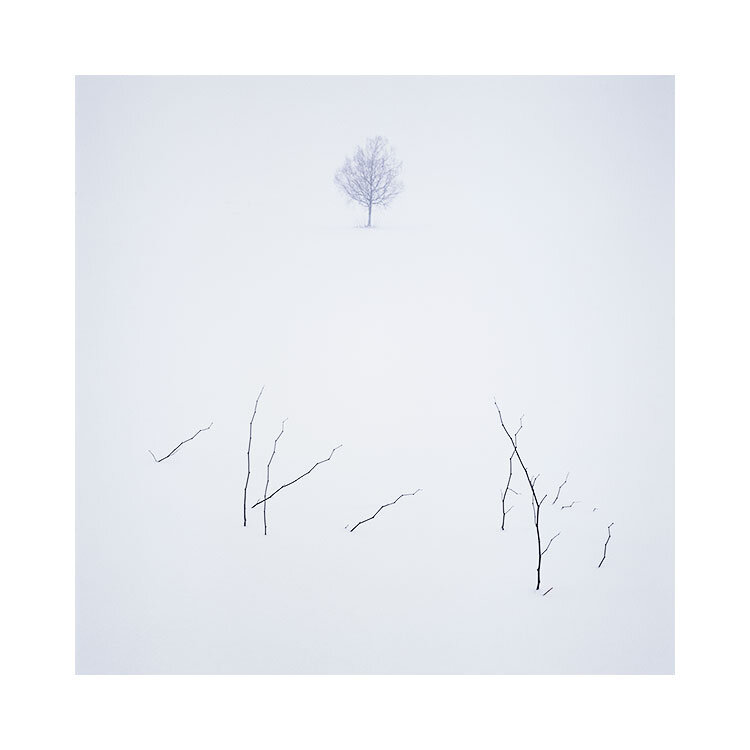A few weeks ago I travelled with my Ebony field camera only to discover that two of the lenses were broken because the shutters had failed. I also found that one of my film backs wouldn’t wind on correctly, and just wound the film all the way through the back.
I’ve had many other incidents where lenses have given up on me (usually due to a screw becoming loose while travelling on unsealed road). I’ve also had the occasional mishap where the entire camera body as slipped out of my hands only to drop into a river (completely unsalvageable), or drop onto some ice and the prism smash.
It’s inevitable that at some point, things are going to go wrong.
I usually travel with spare items. When I travel with my Hasselblad outfit I tend to carry two bodies, three film backs and some overlap in lenses. Or to put it another way - if you take two wide angle lenses such as a 20mm and 24mm then you’re at least covered if your 24mm fails. I also make sure I travel with a duplicate standard lens.
The way I see it, is that there are certain ‘core’ focal lengths that you need to cover for failure. For me that’s the equivalent of a 24mm and 50mm. So in my Hasselblad medium format system that equates to 50mm and 80mm. I always go with two 80mm lenses and I double up on the wide angle with a 40mm and 50mm. Both are useful in their own ways but they can also work as a substitute for the other if one fails.
I also travel with two light meters, several cable releases and even a spare ball head, and also a complete dupliate set of ND grad filters (stored away in a small Pelican case in my main luggage).
Having backups is necessary, but you don’t have to exactly duplicate things as your camera bag may just become unwieldy. So if you’re keen to double up, you just need to think more along the lines of maybe cheaper, less sophisticated (or pricey) items to carry as backups, and hopefully lighter and smaller.
You may think ‘that’s completely out of my budget’, but the truth is - if you’ve spent a few thousand dollars on a trip somewhere, it’s going to hurt pretty badly if you get there and find you can’t make any photos because your camera is dead.
One other way to get around this issue, is to travel with friends who have similar setups to yourself. Got a Nikon camera and your friend also has one, then you can share lenses.
I can’t state how important it is to have a back up for your gear. You don’t have to spend a fortune doubling up on everything but you do perhaps need to think about backups for the more critical components (camera, main lenses you tend to use), and a cheap ball head.
Ultimately, you will never be 100% failsafe. That’s just life for you. But by having the spares, you will have peace of mind.
One last thing - if you are travelling with backups, best travel with a 2nd small camera bag (I stuff my spare bag in my main luggage - usually filled with clothes) so I have a 2nd bag to put my backup items in. Storing your backups in the same bag on location is just asking for trouble, and if say your bag gets stollen or trashed, than not only does your main system get trashed, but also your backup items as well.
So here’s how I pack for going away:
My main luggage has inside it a small Pelican case with my resin filters (not glass as they will break) in it.
My main luggage has my main camera back inside it - either flattened down, or if I can’t do that - I fill it with clothing so it become part of the luggage space of the bag.
My tripod + two ball heads are in my main luggage
I travel to the airport with a trolley bag with all my camera gear and laptop in it.
For film, I store it in a small ‘personal item’ case that I am allowed to carry onto the plane along with my main trolley bag.
The reason for having the trolley bag, and also the main camera bag is that while I am on location shooting, I put my spare items in the trolley bag, and port all my main camera items into my camera bag. It ensures that all my backup items are in a separate bag - in the car, so they are less likely to get damaged along with my main items if an accident happens.
















